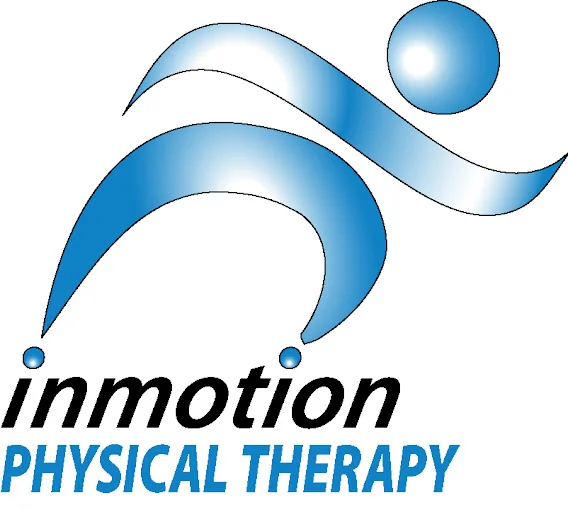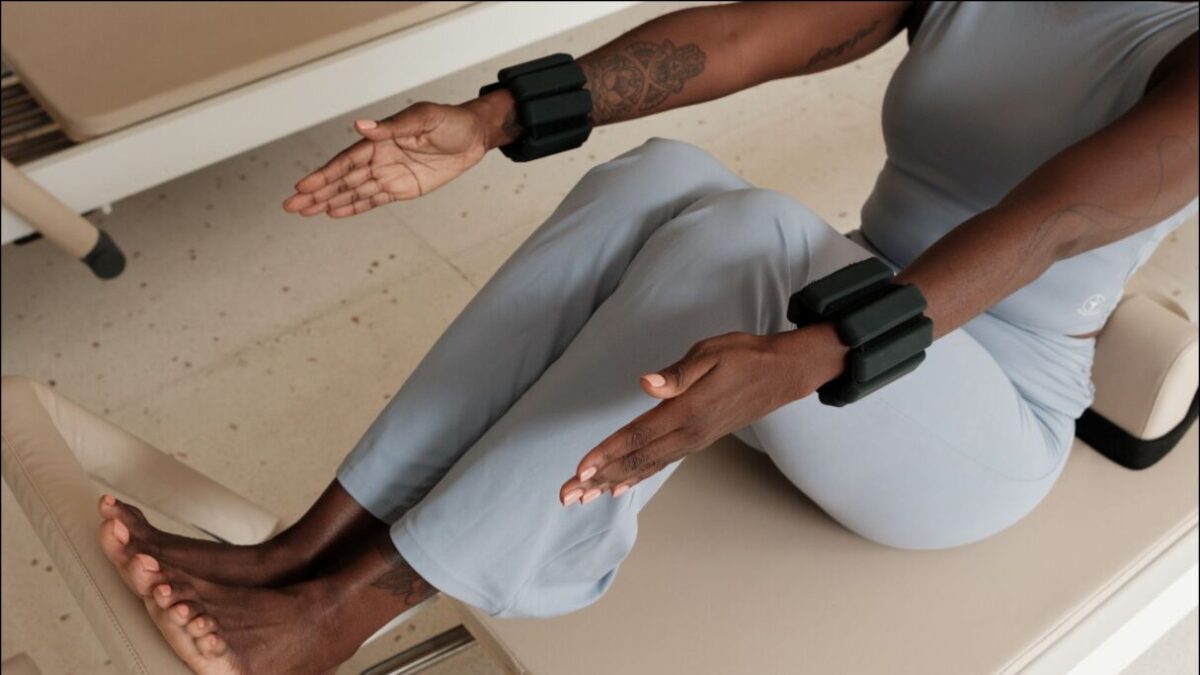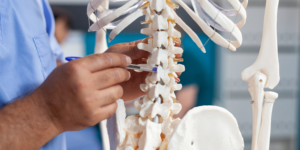For many high school athletes, the fear of tearing their ACL has gone through their minds. And for good reason! This is an all too common injury that plagues youth sports.
Females are more likely to experience ACL injuries than males, with a risk 1.5-4X higher(1). These injuries are also seen more frequently in sports such as Soccer, Basketball, Skiing, and Gymnastics.
This blog post will discuss:
- the reasons why females participating in these sports are at higher risk,
- what you should do if you’ve been diagnosed with an ACL tear
- what the recovery process looks like (from start to finish).
Recovery from an ACL Tear is not easy. With the right knowledge, support, and determination, you can overcome this setback. It is possible to return to the sports you love stronger than ever.
Understanding ACL Tears in Female Athletes
What’s True and What’s False?
In the world of sports, ACL tears are all too common, especially among young female athletes. You will hear a lot of speculation on the sidelines as to why this is the case. We want to share the truth of what the latest research says.
1. Neuromuscular Factors
These appear to be the most important reason for the higher rate of ACL injuries in females compared to males. Neuromuscular control refers to the connection between your brain and body.
The most common way non-contact ACL tear happens is when a player slows down, changes directions, or lands. Right before this change in direction, an “awkward” dynamic body movement and/or perturbation happens. This could be something as simple as stepping the “wrong way”. The most common reaction in females is to contract the quadriceps muscle. This contraction is an attempt to slow down the movement in the knee. Sometimes there is a discrepancy in communication between the brain and body which results in an ACL tear.
2. Anatomy
There is no denying the anatomical differences between male and female athletes. A lot of research has been done hypothesizing that anatomy is to blame for increased ACL tears in females. The shape of the femur is different and the size of the notch where the ACL sits may be smaller. Authors frequently state that the female has a wider pelvis than the male. Females actually have a narrower pelvis than males, so this is untrue. (3)
This research has widely been passed as truth, however is inconclusive at best. Lower extremity static alignment and measurements have not been predictive of ACL injuries.
Also, does it matter? There is nothing that a female athlete can do about her anatomy. And we are NOT going to tell female athletes to stop playing sports. There is nothing we can do about how we were born. There is a lot that can be done: strength training, implementing good warm-ups, and improving overall health.
3. Hormones
Hormones such as estrogen, progesterone, and relaxin have effects on our bodies. However, there is no consensus in the scientific community that these hormones play a role in the increased incidence of ACL injury in female athletes.
Again, we are not going to have female athletes stop competing in their sports depending on their cycles. Many other risk factors contribute to ACL tears that are modifiable. Let’s work on changing what we can control.
4. Genetics
It is inconclusive if genetics plays a role in increased tears in female athletes. There have been a few studies showing a familial predisposition to ACL tears. (4)
5. Resources
The time and money invested into men’s sports is significantly higher than in women’s sports. Resources in training methods specific to men are far superior to those provided to women. Take a look at the resources given to women vs. men in the NCAA basketball tournament just a few years ago.
I have a lot to say about this, but it is a topic for a different blog post. I do believe that as investment in women’s sports increases, there will be more support for younger female athletes. Their athletic development will be encouraged and taken more seriously.
Treatment Options for ACL Tear in Female Athletes
If you are still reading, it’s probably because you found out that you tore your ACL. At this point, it doesn’t really matter the reason why. What matters is what we can do about it.
Previously it was believed that your only option after an ACL tear was to have surgery. The most recent research is debunking this theory, and we will discuss what your options for treatment are below.
Non-Surgical Treatment for ACL Tear in Female Athletes
It has been a long-held belief that the only treatment for ACL tears is surgery. Some research has been done to explore if this is the only option.
This study (5) found that the return to sport rates at 2 years between groups who never had surgery and who had immediate surgery were very similar. The group who never had surgery returned to preinjury sports 39% of the time. The group who had immediate surgery returned to sport 44% of the time.
Truthfully, these numbers are underwhelming in both instances. Improvements need to be made with rehabilitation. All athletes should have the ability to choose if they return to their sports.
It is possible to return to sports after ACL tear without surgery with quality Physical Therapy. Each patient’s circumstances are different, and this needs to be decided on a case-by-case basis. Factors such as competition level, age, and personal preference play a huge role.
Quality rehabilitation is vital to recovery whether you choose to have surgery or not.
Surgical Treatment for ACL Tears in Female Athletes
In most young, healthy, and high-level athletes the recommendation is to have surgery to repair or reconstruct the ACL. There are a few different options available.
Patellar Graft (Bone Tendon Bone)
What: This graft is harvested from the patellar tendon (the tendon below your knee cap that attaches the knee cap to the shin bone). The surgeon takes the middle third of the tendon, along with its bony attachments. These bony attachments are drilled where your ACL belongs and a “new” ACL is constructed using your patellar tendon
Benefits: Reliable graft with good healing, long-term durability (these have been done for a VERY long time)
Disadvantages: Can have an increased risk of anterior knee pain, pain when kneeling. Not recommended for skeletally immature patients (aka you are still growing)
Quadriceps Graft
What: The quadriceps tendon (top of your thigh to kneecap) is taken with a small bone plug on one end of the graft.
Benefits: Less anterior knee pain, good healing, and durability.
Disadvantages: Strengthening the quadriceps muscle can be more challenging.
Hamstring Graft
What: The graft is taken from the hamstring muscle tendons that are then detached and bundled a 2-4 times to create a strong graft.
Benefits: Avoids difficulty with regaining quadriceps strength
Disadvantages: No bone plugs and relies on soft tissue-bone healing. Potential for increased laxity compared to bone-tendon grafts
Autograft vs. Allograft
What: An autograft is taken from your own tissue, while an allograft is taken from donor tissue.
Benefits: Allografts are a quick initial recovery since there is no damage done to any other area of your body
Disadvantages: Increased risk of graft failure, infection, higher costs, and not recommended in younger patients.
Quality Physical Therapy is Key to Recovery from ACL Tears in Female Athletes
After a diagnosis of an ACL tear, start Physical Therapy as early as you can! Yes, this means before surgery. You may be apprehensive because of complicating factors like a meniscus tear, or fracture. Your Physical Therapist is trained in what exercises and activities are SAFE for you.
The benefits of starting Physical Therapy quickly after an ACL tear for female athletes include:
- Regaining range of motion: knee flexion and extension. This will help you restore movement after surgery more quickly.
- Facilitate Tissue Recovery: Your body will heal faster the more movement and strength you have
- Ensure Proper Loading: Your Physical Therapist will be able to help you find the “goldilocks” amount of what you should do. We have to make sure you are doing just the right amount of activity before surgery. Not doing enough before surgery can lead to slower recovery times and more complications afterward.
- Build a Relationship with your Physical Therapist: recovery from ACL surgery is 9-12 months. You need to feel comfortable that your Physical Therapist is the right fit for you. He or she needs to understand your goals and work as a part of your team.
Phases of Rehab after ACL Tear after Surgery
Having realistic expectations of ACL surgery is important. Your surgeon may be quick to say that the surgery was easy, and it was- for THEM. After surgery, that’s when the work can begin. Here is an approximate timeline and guide for what is involved with returning to sports after ACL Surgery.
(Note: these are not specific to a protocol, the actual guidelines for YOUR surgery may be different)
Phase 1: Repair (Day 0- 2 months)
The main focus of this phase of Physical Therapy is to allow the surgery to heal.
Goals:
- Reduce swelling and pain
- Restore Range of Motion (Especially EXTENSION)
- Quadriceps muscle activation
Exercises that are normally done during this phase are:
- Heel Slides
- Quad Isometrics
- Leg Raises
Phase 2: Functional Strength (2-6 Months)
This phase is focused on restoring normal movement of the joints. Your brain needs to learn how to use your knee correctly with your core and hips during functional movements.
Goals:
- Comprehensive Strength Program with consideration for focus on quad strength
- Aerobic Conditioning
- Equal balance on both sides, statically and dynamically
- Start of a plyometric program
Exercises that are normally done during this phase are:
- Squats
- Step Ups
- Balance Training
Phase 3: Reconditioning + Performance (4-12+ Months)
Focus during this phase needs to be on:
- sport body movements
- ability to tolerate the volume of training
- absorb loads and shock through the joint.
Delaying a return to sport to MORE THAN 9 Months Postoperatively improves your outcomes.
Athletes who returned to sport under 9 months had a 7x increased risk for retear!
It may be tempting to return to competition before that time, however, research shows that it is best to delay return as long as possible. Healing times for post-operative ACL tears are 2 years.
That being said, the best way to know if you are ready to return to sports is NOT based on a timeline. It is based on your performance testing.
Here are 3 Non Negotiable Criteria for Return to Sports
- Minimum 9 Months
- Equal quadriceps strength (thigh muscle)
- Hop and agility performance: equal both sides and with healthy peers your activity level and sport
You, your Physical Therapist, Surgeon, and Coaches should all be on the same page with your return to play. Strength testing, hop testing, and agility/change of direction all need to be formally tested before returning to your sport.
You can recover from an ACL Tear Successfully
ACL tears are a serious injury that can have long-lasting impacts on the health and athletic careers of young female athletes. Fortunately, there are effective treatment options available!
Whether the best approach is non-surgical rehabilitation or surgical ACL reconstruction, it’s crucial to work closely with an experienced sports medicine team that specializes in working with female athletes.
Our experts carefully evaluate each individual case, taking into account factors like the athlete’s goals, activity level, and personality. We then develop a comprehensive, personalized treatment plan to optimize outcomes and minimize the risk of complications.
Resources:
2. Anterior Cruciate Ligament Injury Patterns Among Collegiate Men and Women – PMC
3. The female ACL: Why is it more prone to injury? – PMC
4. Genetic Variants and Anterior Cruciate Ligament Rupture: A Systematic Review – PMC.
5. Frobell RB, Roos EM, Roos HP, Ranstam J, Lohmander LS. A randomized trial of treatment for acute anterior cruciate ligament tears. N Engl J Med. 2010 Jul 22;363(4):331-42. doi: 10.1056/NEJMoa0907797. Erratum in: N Engl J Med. 2010 Aug 26;363(9):893. PMID: 20660401.



